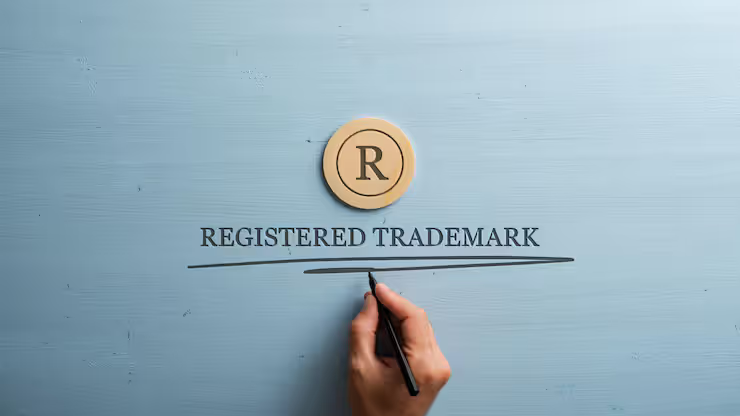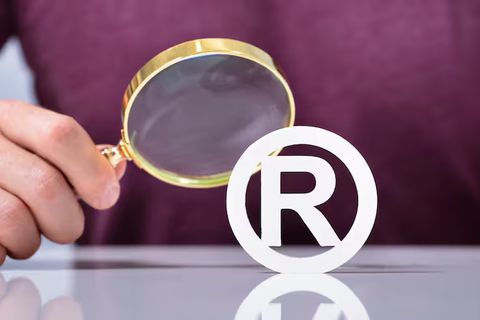The primary purpose of trademarks is to protect businesses from unauthorized use of their brand identity. This system exists to maintain market integrity, prevent consumer confusion, and safeguard intellectual property.

For businesses of all sizes—from startups to large corporations—registering a trademark ensures that your brand, reputation, and innovations are legally recognized and defended.
Importance: Why trademark registration matters today
In today’s competitive market, protecting your brand is crucial. Trademark registration has multiple benefits that affect business owners, consumers, and investors.
Key reasons it matters:
-
Brand protection: Prevents competitors from using similar logos, names, or slogans.
-
Legal advantage: Provides the right to take legal action in cases of infringement.
-
Market recognition: Builds credibility and trust with customers, suppliers, and partners.
-
Asset value: Registered trademarks increase the overall valuation of a business.
-
Global expansion: Registered trademarks simplify international protection under agreements like the Madrid Protocol.
Who benefits the most?
-
Startups and small businesses looking to secure their brand identity
-
Established companies expanding into new markets
-
Entrepreneurs planning product launches or licensing deals
Recent updates and trends in trademark registration
In the past year (2024–2025), trademark registration processes and trends have evolved globally:
-
Digital filing systems: Online portals have streamlined application and renewal processes.
-
Faster approvals: Some countries now provide provisional registration within weeks.
-
Rise of international trademarks: Businesses increasingly seek protection under international treaties.
-
AI-powered search tools: New software allows businesses to quickly check trademark availability and conflicts.
-
Sector-specific filings: Growing awareness in tech, e-commerce, and wellness industries has increased trademark applications in niche sectors.
These trends show that businesses are becoming more proactive in safeguarding their intellectual property in an increasingly digital economy.
Laws and policies affecting trademark registration
Trademark registration is governed by national and international laws that vary by country. Understanding these policies helps businesses ensure compliance.
Key legal frameworks include:
-
National trademark acts: Countries like the USA (Lanham Act), India (Trade Marks Act 1999), and EU (EU Trademark Regulation) regulate local registrations.
-
International treaties:
-
Madrid Protocol – Enables international trademark protection through a single application.
-
TRIPS Agreement – Sets minimum standards for intellectual property rights globally.
-
-
Renewal and maintenance laws: Trademarks typically need renewal every 10 years, with penalties for late renewal.
-
Infringement and enforcement regulations: Provide remedies like injunctions, damages, and account of profits in case of unauthorized use.
Complying with these laws ensures that your trademark is recognized, enforceable, and defensible in disputes.
Tools and resources for trademark registration
Businesses can use a range of tools and services to simplify the registration process:
Online research tools:
-
USPTO Trademark Electronic Search System (TESS) – For US trademark searches
-
WIPO Global Brand Database – For international trademark verification
-
EUIPO eSearch – For EU trademark availability
Application and filing tools:
-
Online portals for local IP offices – India, UK, Canada, and other countries provide e-filing options
-
Trademark filing services – Assist with documentation and application submissions
-
Trademark monitoring software – Alerts for potential infringement or similar marks
Educational resources:
-
IP law guides, webinars, and government publications explaining trademark procedures and best practices
Financial tools:
-
Trademark cost calculators to estimate filing, attorney, and maintenance fees
FAQs about trademark registration
Q1. How long does it take to register a trademark?
The process can take 6–18 months depending on the country and any objections raised during examination.
Q2. Can I register a trademark for a logo and a name together?
Yes. A trademark application can include a combination of word and design elements for comprehensive protection.
Q3. What happens if someone infringes my trademark?
You have the right to file a legal claim for infringement, which may include injunctions, damages, or account of profits.
Q4. Is it mandatory to register a trademark?
Registration is not mandatory but highly recommended. An unregistered trademark only provides limited common law rights.
Q5. Can I register my trademark internationally?
Yes, through treaties like the Madrid Protocol, you can extend protection to multiple countries with a single application.
Final thoughts
Trademark registration is a fundamental step in securing your business identity and long-term growth. It protects your brand, increases credibility, and adds tangible value to your business assets.
In today’s digital and globalized marketplace, being proactive about trademark protection ensures that your products and services are recognized and legally defended. Using the right tools, staying updated with laws, and seeking expert guidance can make the process smoother and more effective.
For any business planning expansion or innovation, a registered trademark is not just a legal formality—it’s a strategic investment.





